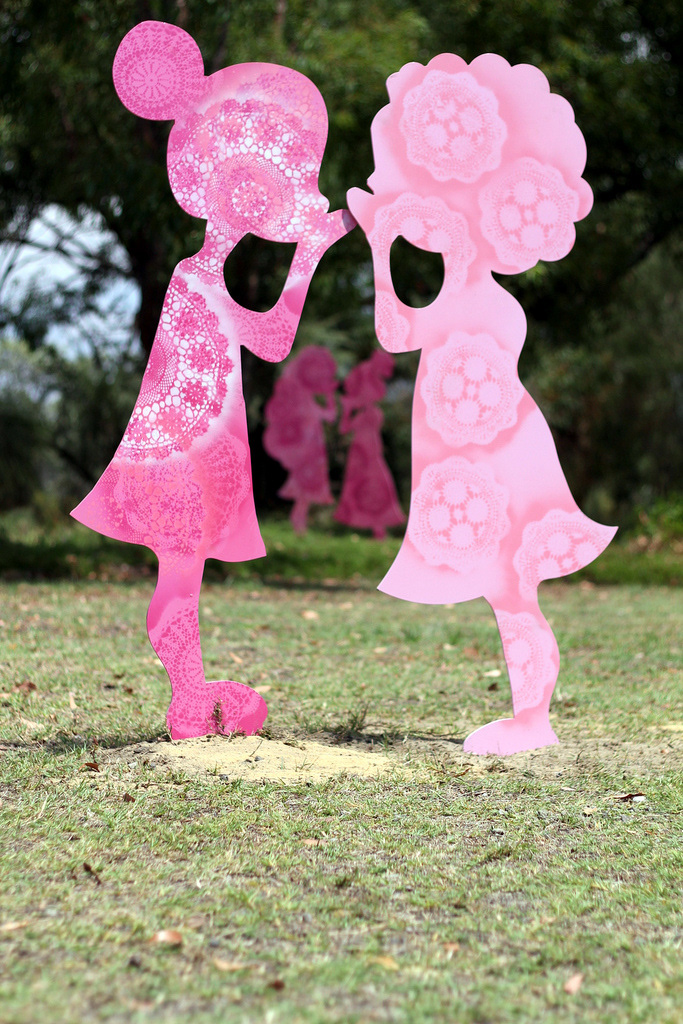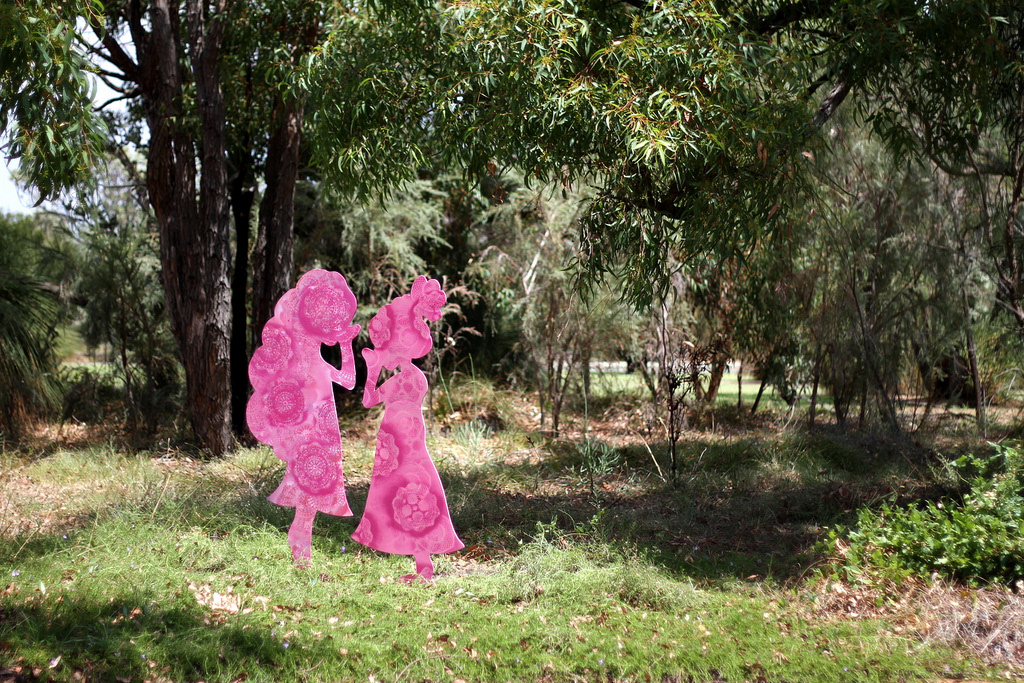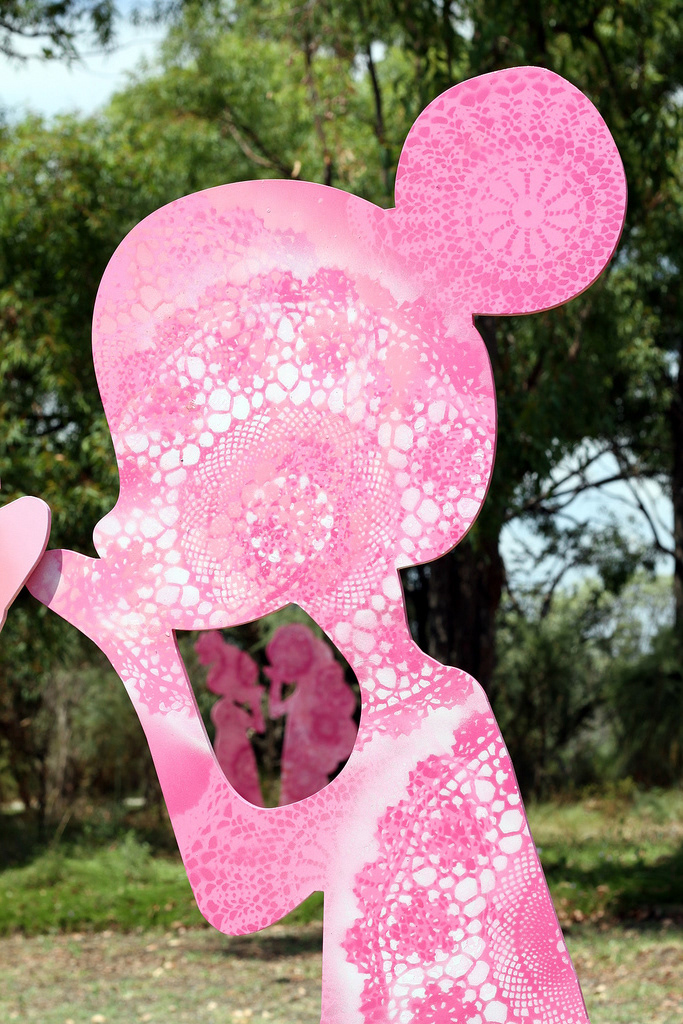


Over the last decade, critical attention has turned to the enduring legacy of miscommunication between white settlers and Indigenous Australians. This failure is not neutral. It is embedded in a long history of refusal to recognise, understand, or value Indigenous forms of language, story, and place-based knowledge. What should have been understood as truth-telling was too often dismissed as rumour. Oral histories became gossip. Testimony became hearsay.
Spread (Like Wildfire) explores how gossip and rumour, often dismissed as petty or inconsequential, function as tools of social discipline and settler control, with very real consequences: exclusion, surveillance, and cultural erasure.
Created in response to Wireless Hill in Western Australia, a site historically used for colonial communication infrastructure, the work sits within a landscape shaped by signal, silence, and control. It asks what kinds of messages were amplified and what kinds were ignored.
The installation comprises a group of pink metal silhouettes of little girls that evoke the aesthetic of 18th-century European fairytales. Their surfaces are embossed with wallpaper patterns drawn from aristocratic households of the same period, subtly linking colonial domestic ideals to the mechanisms of exclusion and containment. These girls are not simply decorative; they are choreographed into stillness. Held in place. Sweetly complicit.
By echoing the gendered rituals of gossip and social correction, the work draws a line between the whispered violence of the parlour and the structural violence of the colony. This is not gossip as idle chatter, but as settler protocol. Sweetness becomes surveillance. Ornament becomes erasure.
Like the careless flick of a cigarette in the heat of summer, rumour spreads fast. What begins in ignorance can ignite with devastating force.
This work asks: What burns when we don’t listen? What truths are buried beneath the ornamental?